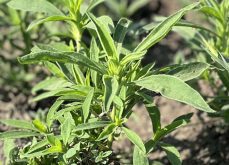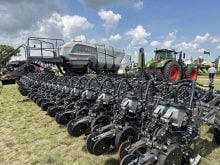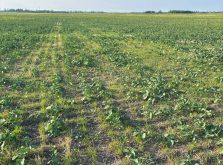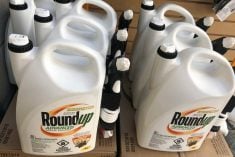Weed seed crushing technology has been around for quite a while in Australia, but it’s just starting to take root on farms in Western Canada.
One of its strongest proponents is Josh Lade, a transplanted Aussie who’s been farming at Osler, Sask. since he moved to Canada in 2009.
Lade’s farm is all-in on a combine attachment called the Seed Terminator, on which he’s spent $400,000 over the past seven years to make sure the implement is utilized on every acre.
Read Also
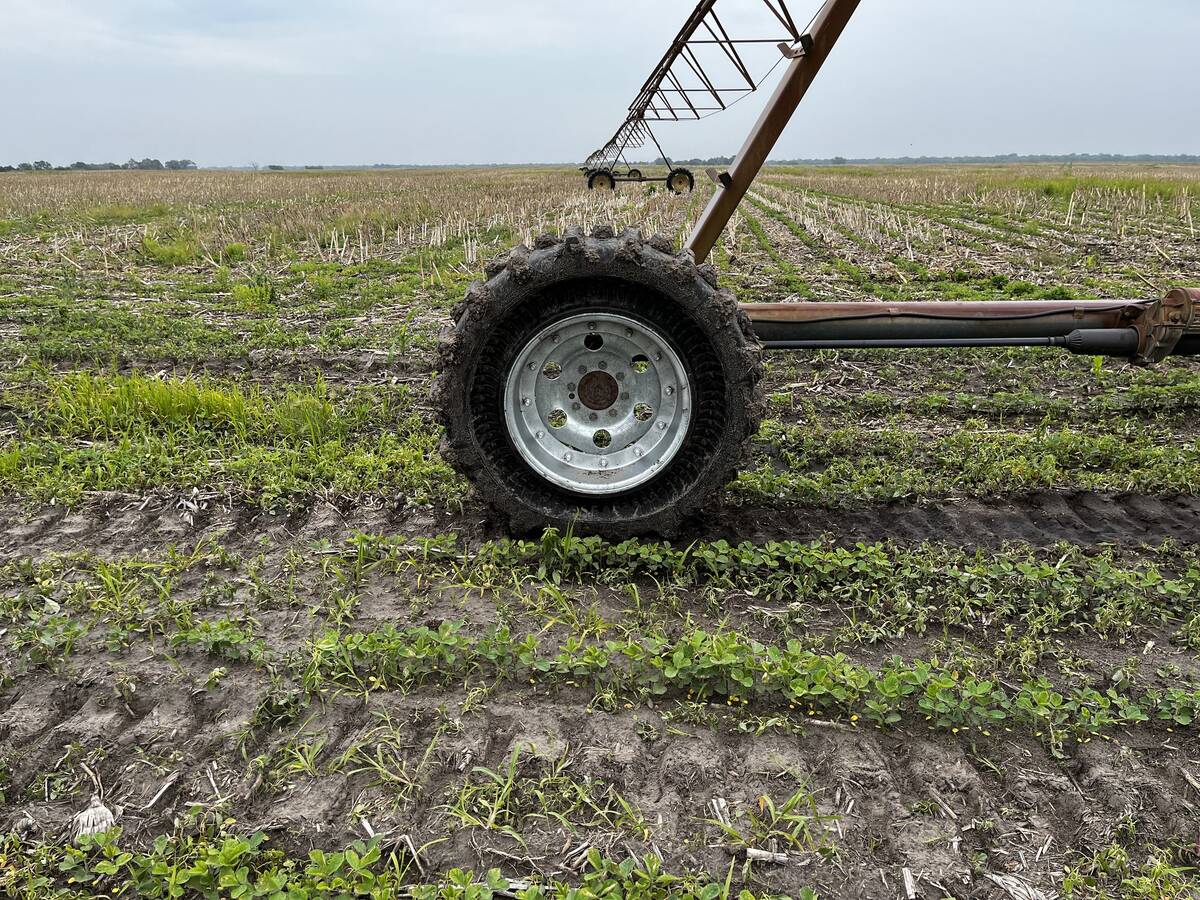
Galileo Wheel rebrands tires as Trackwheel
Galileo Wheel’s Cupwheel inverted-sidewall skid steer, tractor and pivot tires are rebranded as Trackwheel, to emphasize performance similar to tracks.
The Seed Terminator is an impact mill that churns weed seeds into innocuous chaff that’s blown out the back of the combine. Research has shown it, as well as other harvest weed seed control devices such as the Harrington Seed Destructor, Weed Hog and Redekop Seed Control Unit, can destroy up to 90 per cent of weed seeds.
READ MORE: What the weed seed smasher survey says
The Seed Terminator helps control weed populations by slashing the number of weed seeds going into the seed bank. Lade says it also prevents harvested weed seeds from being spread all over a field, which typically happens during combining.
In an interview with Grainews, Lade noted while farmers frequently use multiple tools and strategies to try and disrupt weeds cycles in their fields, “the reality is there’s always some weeds present at harvest.
“Those weeds at harvest time have survived all the agronomic practices that we’ve thrown at them and are the fittest weeds of the year,” he says.
“If you put them through the combine and spread the seeds back out over 40 feet, you’re just rewarding the survivors,” Lade adds. “With the Seed Terminator, we are stopping the combine from moving those weeds up and down the field.”
Return on investment
Lade, who spoke about the benefits of the Seed Terminator at the CropConnect conference in Winnipeg in February, estimates it costs about $120,000 to purchase.
Lade says his farm’s $400,000 investment in Seed Terminators has paid off in a number of respects. He pegged the overall return on the technology investment in the past four years at three to one, meaning it has paid for itself three times over.
The farm is less reliant on herbicides now, helping to produce costs savings associated the Seed Terminator that run at around $20 per acre, according to Lade. He estimates the cost for the Seed Terminator itself (for maintenance, repairs, et cetera) is about $5 per acre, making the net cost saving $15 per acre.

“We’ve been able to really cut back on double spraying our canola. To me, spraying your canola twice has been a bit of an industry standard, but we’ve found we can get away with just one spray at the higher rates and be done with it. There are definite savings on eliminating a sprayer pass,” he says.
He notes the farm’s move to Seed Terminators has enabled it to steer away from using some more expensive chemicals, and the reduced dependency on herbicides has also led to yield bumps in some crops that don’t tolerate certain chemicals that well.
“We’re not often spraying for wild oats or grasses in our cereal crops, for example, because it can be quite expensive and it can also have quite a metabolizing effect since you’re trying to kill a grass weed in a grass crop,” Lade says.
Lade doesn’t view harvest weed seed control technology such as the Seed Terminator as a replacement for herbicides, but rather as a complementary weed control partner.

“Residual herbicides are awesome at reducing pressures, but we still do need some in-crop sprays to try and get the escapees. That’s one spot where we’re cutting back, because I hate driving on the crop, I hate spraying my crop, but I know some weeds are present. Hence, we’ll use the Seed Terminator to just make sure that problem is not getting any worse,” he said.
“I just see the Seed Terminator as another herbicide mode of action. It’s not perfect. It’s got its flaws but a lot of chemicals do too. It’s really just that backstop. It’s there to keep in check anything that’s gotten through everything we’ve done all year to control weeds.”
Tips for potential buyers
Lade offers some suggestions for fellow Prairie farmers who might be considering purchasing a Seed Terminator.
One is to be mindful that the Seed Terminator, not unlike other combine attachments, requires additional horsepower.
“You need to make sure that you are not maxed out on your combine capacity,” he says. “If you are looking to get into this technology, it’s possible you might need a combine that’s a class size bigger than what you’re currently using.

“That’s because of the extra power that’s going to be used by these mills. They take 50, 60, 70 horsepower to run. So one thing I’d want to keep in mind is make sure you’ve got enough horsepower.”
Another important point to remember, he says, is that the Seed Terminator is best suited for chewing up dry — not green — material.
“Don’t think that you’re just going to be able to go and mill down all the green material. At the end of the day, it is a multi-stage hammer mill that works best on dry materials,” he says.
“Certainly, you can certainly take in a percentage of green material with it. What I find is as long as 75 per cent of the material going into the combine is dry, then the Seed Terminator can handle a fair amount of the green stuff. But just make sure that the majority of it is nice and dry and do proper burn downs to kill those green weeds, if there are lots of them.”




